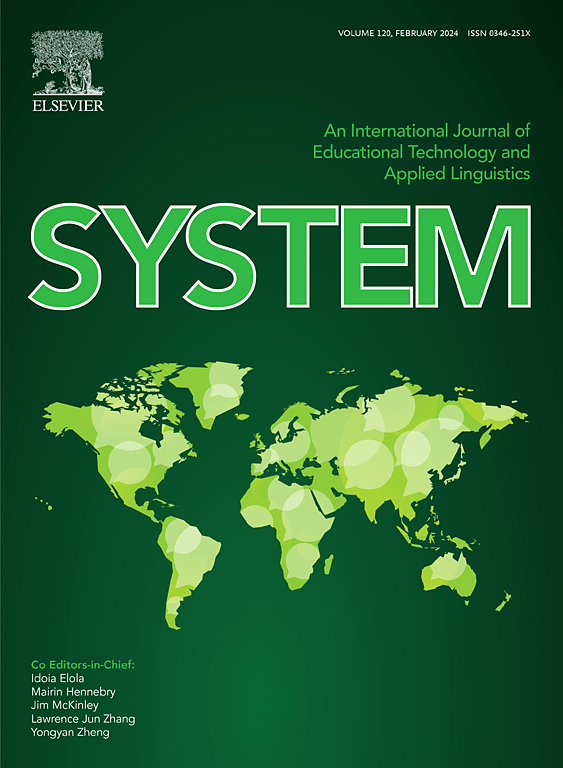紫花苜蓿草基饲粮中体核普氏菌增加了金华猪的脂肪沉积
IF 6.5
1区 农林科学
Q1 Agricultural and Biological Sciences
引用次数: 0
摘要
脂肪是人类和动物身体组成的关键组成部分,肌内脂肪(IMF)是猪肉质量的关键决定因素。较高的IMF水平提高了肉类的品质,如风味、嫩度和多汁性,直接影响消费者偏好和市场需求。因此,鉴定与脂肪沉积相关的微生物生物标志物对于改善牲畜肉质和了解肠道微生物群如何调节宿主代谢至关重要。在这项研究中,我们研究了猪从断奶到上市的整个生命周期中肉质、脂肪代谢和肠道微生物群的变化。结果表明,金华猪具有较高的IMF含量和大理石纹评分,以及较高的α多样性。微生物组多元线性关联模型用于确定与年龄、品种和饲料相关的核心属,发现普雷沃氏菌对年龄和品种因素均有响应。脂肪沉积指标与微生物属的相关性分析显示,普雷沃氏菌是应对IMF的潜在生物标志物。此外,在猪样品中鉴定出猪链球菌DSM 18206 (P. stercorea),并给药于伪无菌小鼠,观察其对IMF沉积的影响。结果表明,饲粮中添加苜蓿可显著增加肌肉中甘油三酯(TG)和IMF含量。代谢组学分析进一步证实了P. stercorea可能通过鞘脂信号通路潜在地调节脂肪沉积。我们确定了P. stercorea是与较高的IMF沉积相关的潜在生物标志物,并在小鼠模型中验证了它们在塑造肠道微生物群和促进脂肪积累方面的作用,这与鞘脂信号通路相关。这些发现提供了有价值的见解P. stercorea在调节脂肪沉积和代谢健康中的作用,为改善牲畜肉质和人类脂质代谢提供了启示。本文章由计算机程序翻译,如有差异,请以英文原文为准。
Prevotella stercorea increases fat deposition in Jinhua pigs fed alfalfa grass-based diets
Fat is a key component of body composition in both humans and animals, with intramuscular fat (IMF) being a critical determinant of pork quality. Higher IMF level enhances meat qualities such as flavor, tenderness, and juiciness, directly influencing consumer preference and market demand. Therefore, identifying microbial biomarkers associated with fat deposition is essential for improving meat quality in livestock and understanding how gut microbiota regulates host metabolism. In this study, we examined changes in meat quality, fat metabolism, and gut microbiota during the pig life cycle, from weaning to marketing. We found that Jinhua pig exhibited higher IMF content and marbling score, and higher α diversity of colonic microbial communities. Microbiome Multivariate Association with Linear Models was used to identify the core genera associated with age, breed, and feed, and Prevotella was found to respond to both age and breed factors. The correlation analysis of fat deposition indicators with microbial genera revealed that Prevotella was a potential biomarker in response to IMF. In addition, the P. stercorea DSM 18206 (P. stercorea) was identified in porcine sample and administered to pseudo sterile mouse to examine the effect on IMF deposition. We found that the gavage of P. stercorea with alfalfa-enriched diet led to a significant increase in triglyceride (TG) and IMF contents in muscle. Metabolomic analysis further confirmed P. stercorea may potentially regulate fat deposition through the sphingolipid signaling pathway. We identified P. stercorea as a potential biomarker linked to higher IMF deposition and validated their role in shaping the gut microbiota and promoting fat accumulation in a mouse model, which correlated with the sphingolipid signaling pathway. These findings provide valuable insights into the role of P. stercorea in regulating fat deposition and metabolic health, offering implications for improving both livestock meat quality and lipid metabolism in humans.
求助全文
通过发布文献求助,成功后即可免费获取论文全文。
去求助
来源期刊

Journal of Animal Science and Biotechnology
AGRICULTURE, DAIRY & ANIMAL SCIENCE-
CiteScore
9.90
自引率
2.90%
发文量
822
审稿时长
17 weeks
期刊介绍:
Journal of Animal Science and Biotechnology is an open access, peer-reviewed journal that encompasses all aspects of animal science and biotechnology. That includes domestic animal production, animal genetics and breeding, animal reproduction and physiology, animal nutrition and biochemistry, feed processing technology and bioevaluation, animal biotechnology, and meat science.
 求助内容:
求助内容: 应助结果提醒方式:
应助结果提醒方式:


